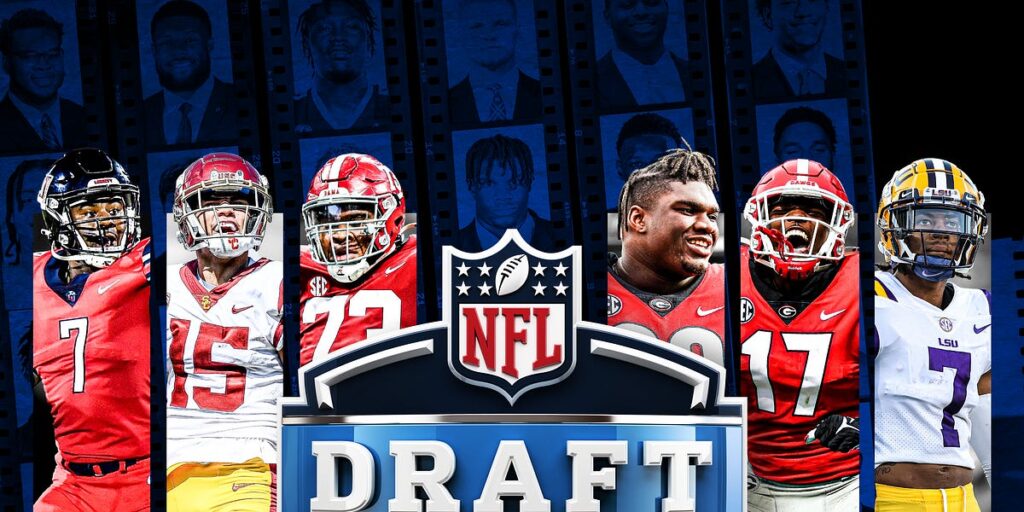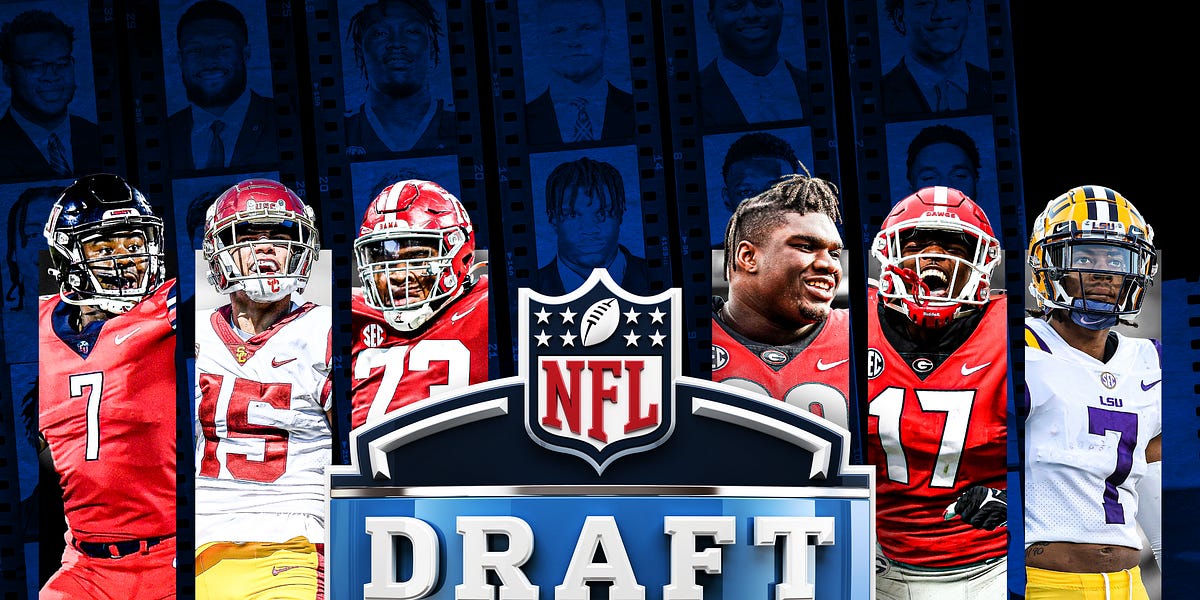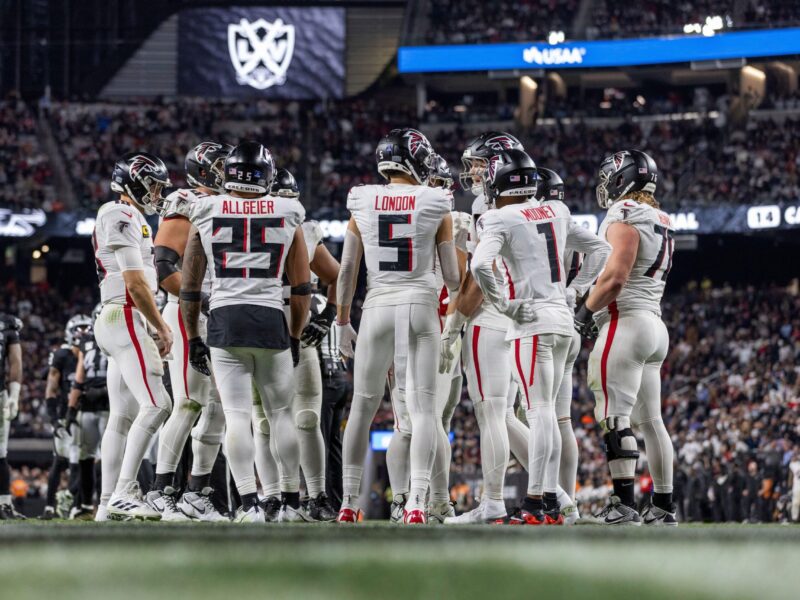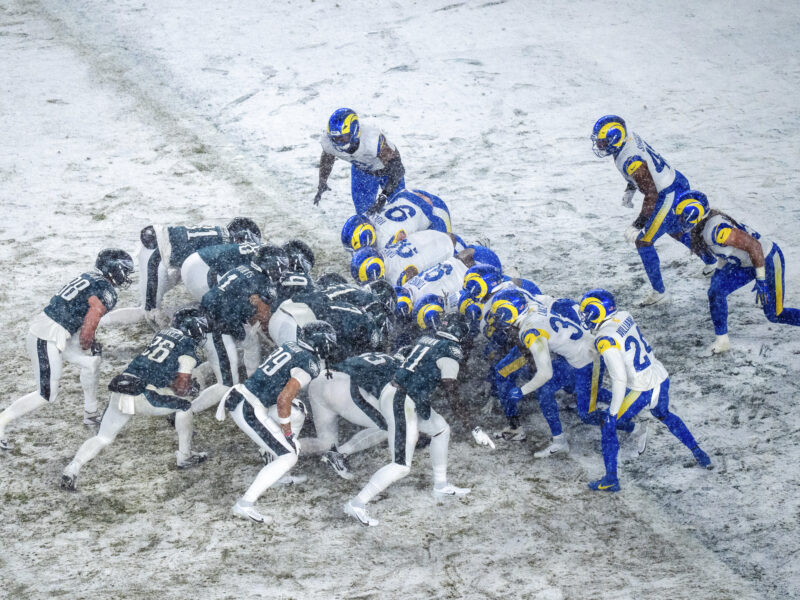The NFL Draft is far more than just a televised event where names are called. It’s the lifeblood of team building, a high-stakes blend of scouting, analytics, projection, and gut feeling. It’s where franchises can lay the foundation for a dynasty or set themselves back for years with a few misguided choices. Success isn’t just about having a high pick; it’s about mastering the art of the draft.
This art involves deploying specific strategies, understanding value, and possessing the keen eye (and sometimes good fortune) to unearth hidden gems – the legendary draft “steals.”

Foundational Drafting Strategies: The GM’s Playbook
General Managers and scouting departments don’t just throw darts at a board. Their approach is guided by distinct philosophies:
- Best Player Available (BPA): This is perhaps the most cited strategy. The idea is simple: regardless of current roster needs, select the player ranked highest on your draft board when you’re on the clock.
- Pros: Accumulates the most overall talent over time, prevents reaching for lesser players at positions of need.
- Cons: Can lead to logjams at certain positions and might not immediately address glaring roster holes. Requires patience and roster flexibility.
- Drafting for Need: The opposite of BPA. Teams prioritize filling specific holes on their roster with the best available player at that position.
- Pros: Directly addresses weaknesses, potentially leading to immediate improvement. Fills gaps created by free agency or retirement.
- Cons: Can lead to “reaching” – selecting a player higher than their talent warrants simply because they fill a need. Might pass up superior overall talent.
- Building Through the Trenches: A philosophy emphasizing the offensive and defensive lines. The belief is that controlling the line of scrimmage is paramount to success, so premium picks are invested here first.
- Pros: Creates a strong foundation for both offense (protecting the QB, opening running lanes) and defense (pressuring the opposing QB, stopping the run).
- Cons: Might neglect skill positions early, potentially limiting offensive firepower or secondary coverage initially.
- Positional Value: A more nuanced approach recognizing that certain positions have a greater impact on winning (and command higher salaries). Quarterback, Left Tackle, Edge Rusher, and often Cornerback are typically considered premium positions. Teams might prioritize these spots higher in the draft, even if a slightly better-graded player exists at a less valuable position (like Running Back or Safety).
- Pros: Aligns draft capital with on-field impact and financial efficiency. Focuses resources on game-changing roles.
- Cons: Can sometimes lead to overlooking truly exceptional talent at less “valuable” positions.
- Trading Up vs. Trading Down:
- Trading Up: Giving up draft capital (current or future picks) to move higher in the draft order, usually to target a specific player they covet who might not be available at their original spot. A high-risk, high-reward move.
- Trading Down: Moving back in the draft order to acquire additional picks from another team. This strategy values quantity over targeting one specific player, hoping to hit on multiple selections.
The Hunt for the “Steal”: Finding Gold in Later Rounds
A draft “steal” isn’t just a good pick; it’s a player who wildly outperforms their draft position, providing value far exceeding where they were selected. Finding these players in the mid-to-late rounds (or even as undrafted free agents) is what separates good drafting teams from great ones. How do steals happen?
- Overlooked Traits: Scouts might focus too much on perceived weaknesses (size, speed) and miss crucial strengths (instincts, technique, work ethic, football IQ).
- Small School Bias: Players from smaller universities sometimes don’t get the same level of exposure or face questions about their level of competition.
- Injury Concerns: Players recovering from significant injuries might slide down boards due to perceived risk, even if they possess top-tier talent when healthy.
- Scheme Fit Questions: A player might be downgraded if teams aren’t sure how their college skills translate to specific NFL schemes.
- Combine Performance vs. Tape: Sometimes a player tests poorly athletically but has outstanding game film (“plays faster than they time”). Teams overly reliant on testing numbers might miss out.
- Character Flags (That Resolve): Off-field concerns can cause players to fall, but sometimes these issues are resolved or were overblown.
Legendary Draft Steals:
- Tom Brady (Round 6, Pick 199): The undisputed king of draft steals. Need we say more?
- Antonio Brown (Round 6, Pick 195): Before his off-field issues, he was arguably the best receiver in the league for years, discovered late.
- Dak Prescott (Round 4, Pick 135): A compensatory pick who quickly became a franchise quarterback for Dallas.
- Tyreek Hill (Round 5, Pick 165): Despite off-field concerns causing him to slide, he became one of the most electric playmakers in the NFL.
- George Kittle (Round 5, Pick 146): Developed into arguably the best all-around tight end in the league after being a mid-round selection.
- Russell Wilson (Round 3, Pick 75): Fell due to height concerns but immediately became a Super Bowl-winning quarterback.
The “Art” Beyond the Science
While analytics and testing provide valuable data, the draft remains an art form. It requires scouts to project how a 21-year-old will develop physically and mentally. It demands coaches envision how a player fits their specific system. It needs personnel departments to assess character and work ethic through interviews and background checks.
Successful drafting combines rigorous evaluation with calculated risk-taking, strategic maneuvering with adaptability, and data analysis with old-fashioned scouting intuition. It’s a continuous process of learning, refining philosophies, and ultimately, making the best possible decisions under pressure to build a winning roster. The teams that master this art are often the ones hoisting the Lombardi Trophy.
What’s your favorite NFL Draft strategy? Who do you consider the biggest draft steal of all time? Share your thoughts in the comments!


